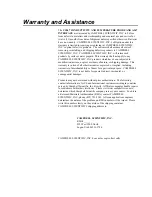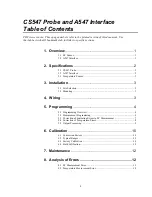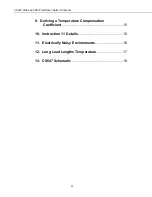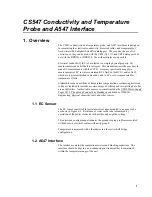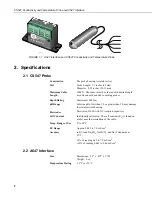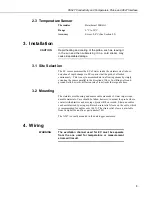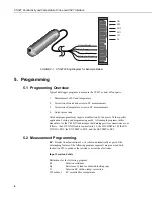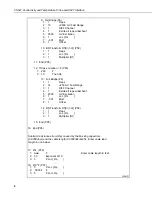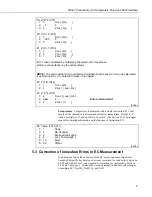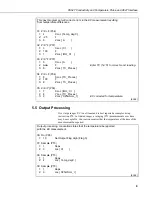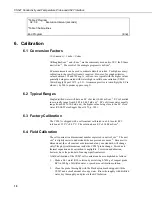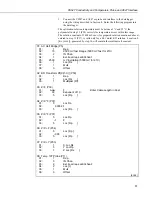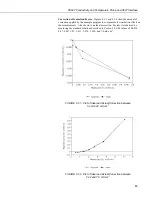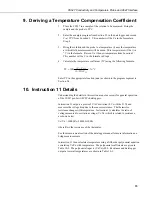
1
CS547 Conductivity and Temperature
Probe and A547 Interface
1. Overview
The CS547 conductivity and temperature probe, and A547 interface are designed
for measuring the electrical conductivity, dissolved solids, and temperature of
fresh water with Campbell Scientific dataloggers. They require the use of AC
excitation, so they can be used with the CR10(X), 21X, and CR7 dataloggers but
not with the BDR301 or BDR320. Use with multiplexers is possible.
Electrical conductivity (EC) of a solution is a simple physical property, but
measurements can be difficult to interpret. This manual instructs the user how to
make EC measurements with the CS547. Accuracy specifications apply to
measurements of EC in water containing KCl, Na
2
SO
4
, NaHCO
3
, and/or NaCl,
which are typical calibration compounds, and to EC not yet compensated for
temperature effects.
Statements made on methods of temperature compensation or estimating dissolved
solids are included to introduce common ways of refining and interpreting data, but
are not definitive. Authoritative sources to consult include the USGS Water-Supply
Paper 1473, The pH and Conductivity Handbook published by OMEGA
Engineering, physical chemistry texts, and other sources.
1.1 EC Sensor
The EC sensor consists of three stainless steel rings mounted in an epoxy tube
as shown in Figure 4-1. Resistance of water in the tube is measured by
excitation of the center electrode with positive and negative voltage.
This electrode configuration eliminates the ground looping problems associated
with sensors in electrical contact with earth ground.
Temperature is measured with a thermistor in a three wire half bridge
configuration.
1.2 A547 Interface
The interface contains the completion resistors and blocking capacitors. The
interface should be kept in a non-condensing environment that is maintained
within the temperature range of the unit.


